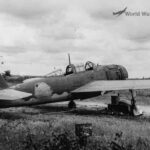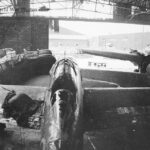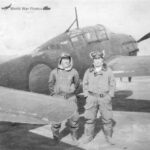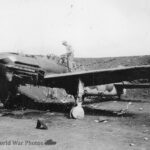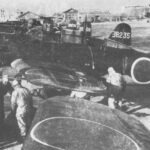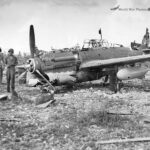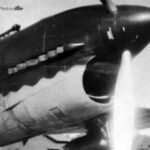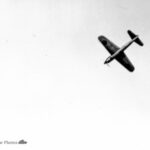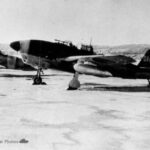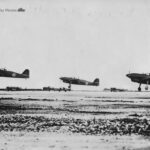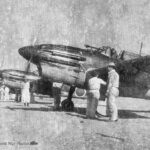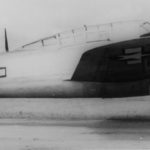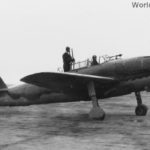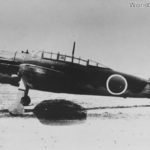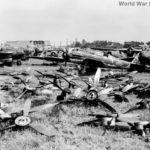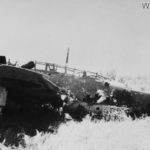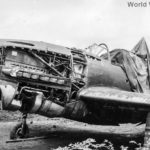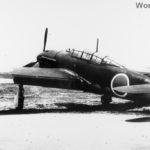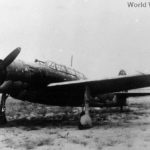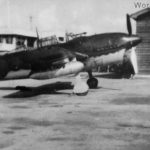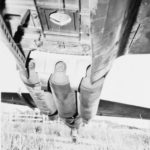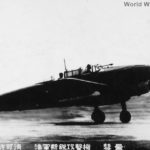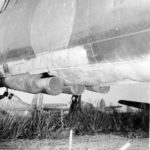D4Y3 Susei Dive Bomber at Clark Field
D4Y3 A6M5
Night fighter D4Y2-S YoD-238
Captured D4Y2 Judy
D4Y2 503 kokutai
D4Y2 Peleliu
Reconnaissance aircraft D4Y1-C of the Yokosuka Kokutai
D4Y1 nose
D4Y1 Judy making a run on aircraft carrier off the Marianas Islands in February 1944
D4Y1 01-065
D4Y take off
D4Y dive bombers
Captured D4Y3 Suisei Model 33 tested by TAIC
D4Y2 code 653-292 of the 653 Kōkūtai, Formosa 1944
Dive bomber D4Y2 Suisei, 9th prototype
D4Y “Judy” wreck at Atsugi Airbase Japan August 1945
Yokosuka D4Y2 code 01-070 of the 501st Kōkūtai
D4Y1 Suisei engine Saipan jun44
D4Y2 Suisei 9th prototype
D4Y “Judy” wreck
D4Y3 Suisei of the 601 Kokutai
D4Y2 Suisei “Judy” with drop tanks
Special Attack Bomber D4Y4 Suisei
D4Y2 68 taking off
D4Y4 with three RATO boosters
D4Y1 “Judy” on the ground
Suisei was developed starting in 1938 at the Yokosuka Naval Air Technical Arsenal, based on two Heinkel He 118 dive bombers that had been supplied by Germany. Service trials demonstrated weakness in the wing structure, a fatal flaw for an airframe subject to the stresses of the dive bombing maneuver, and the initial models were used as reconnaissance planes starting in late 1942.
These problems were fixed by March 1943, and ultimately 2,038 were produced, mostly by Aichi. Lacking armor and self-sealing fuel tanks, the Suiseis did not do well against Allied fighter aircraft. They did, however, cause considerable damage to ships, including the carrier USS Franklin, which was nearly sunk by a single “Judy”.
